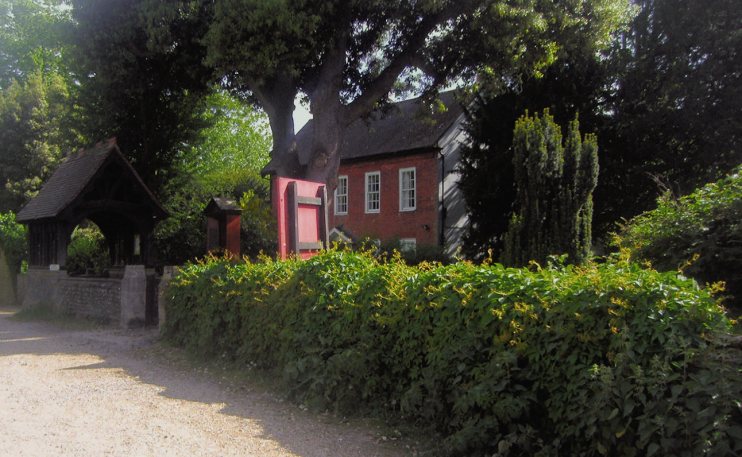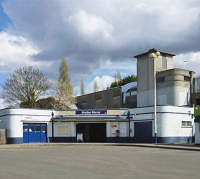Malden Manor
Malden Manor, Kingston
An alternative name for part of Old Malden

Some sources claim that an earlier incarnation of Malden manor house was the first home of the institution that became Merton College, Oxford. However, most authorities believe that the house was never a place of study or residence for students, although it may have been used by the administrators of Walter de Merton’s estates while they were setting up the college at Oxford. Shown in the photograph above, the present manor house was built in the 1620s and enlarged in the 18th century. It is now a venue for meetings and functions, including weddings.
Until the Edwardian era, Church Road was the main settlement of Old Malden. A small group of buildings was situated near the church of St John the Baptist, including the vicarage, manor house and a national school. Church Road still follows its original alignment, with 1930s semi-detached and detached houses filling the spaces between older properties.
It was the Southern Railway’s naming of the station that prompted locals to start referring to the neighbourhood as Malden Manor. The railway company was fond of mock-Tudor names and had intended to call other stations on the line Chessington Court and Chessington Grange before settling for the more prosaic North and South affixes.

Built in 1938, Malden Manor station is a pleasing art deco structure that made innovative use of reinforced concrete, but its appeal is now marred by the electricity pylon towering right outside and by poor maintenance of the concrete. As is often the case with such structures, it looked much better when it was built than it does now.
Malden Manor has very little council housing and a high number of retired people living in spacious homes, making it one of the most socially advantaged localities in south-west London. However, there is some deprivation across the tracks on the Sheephouse Way housing estate.
Malden Manor primary school uses signage in Korean and Arabic to aid pupils who are at the early stages of acquiring English.
It seems likely that Sir John Millais painted Ophelia in Six Acre Meadow on the west bank of the Hogsmill River at the bottom of the manor house garden.
